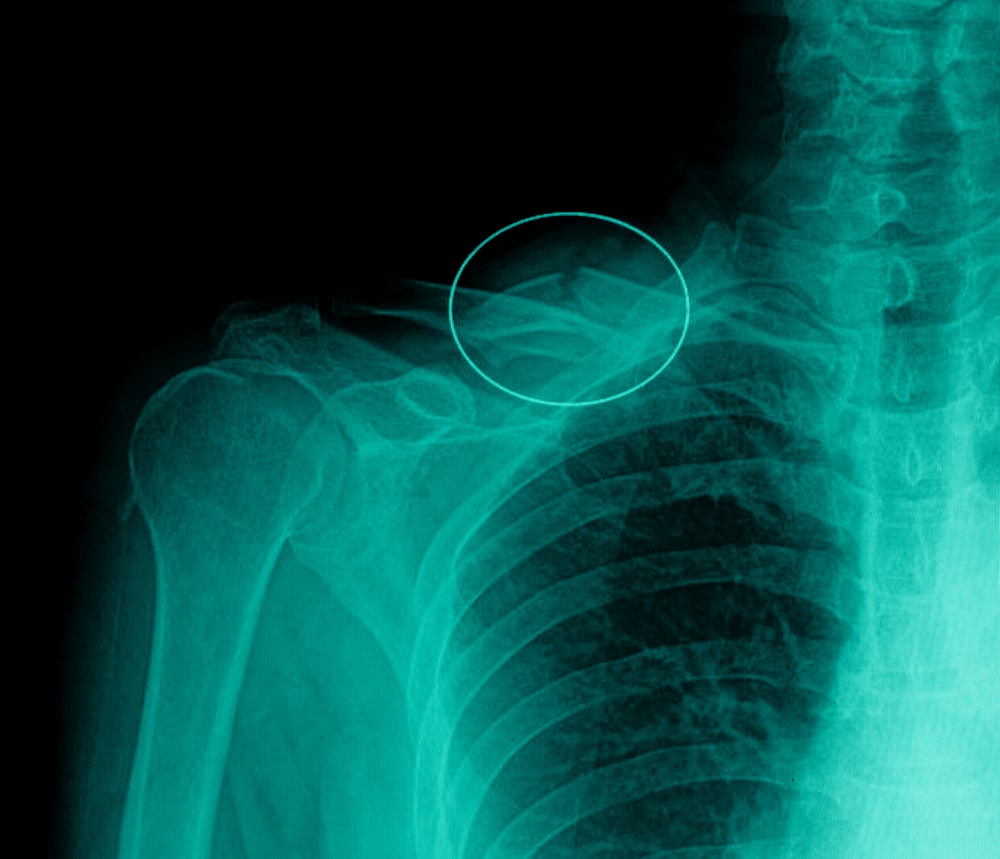
Broken bones, the colloquial term for a fracture, are very common. A severe fall, a car accident, or a mistimed pounce during a football game can all result in a broken bone. It’s painful and can cause disruption in your day-to-day life. But, after a few months, the bone should repair itself. But what exactly happens to your bone during that time and how does it actually mend itself? It’s the mixture of stem cells and the structure of bones has a natural ability to renew itself.
Blood
In the UK, there are 3.6 fractures for every 100 people per year. This means, that you are 38.2% likely to suffer a fracture at some point during their life. When a fracture occurs, the blood vessel is severed. This starts bleeding around the fracture then clots around the bone and the injured area. This is known as fracture hematoma. This creates a temporary plug to fill the gap caused by the fracture and to directly supply protein and other nutrients directly to the injury. However, without fresh blood, the splintered bone cells begin to die and inflammation removes any dead or damaged tissue.
Afterwards, stem cells surround the area from nearby tissue. This starts healing bone from both sides of the crack and will form new bone and cartilage.
New Bone and Cartilage
Every day, the bone loses mass and has to replenish its supplies through calcium in our diet and vitamin D from the sun. It fills the microscopic holes in our bone with soft cartilage, similar to when children’s bone grow. It’s this soft cartilage that also fills the gap in a fracture.
However, cartilage isn’t strong enough to support the weight of a full-sized person. Around 1-2 weeks after a bone break, this soft cartilage is then replaced with a bone-like callus. This isn’t as strong as normal bone but stronger than cartilage. After 3-4 weeks of the original injury, the formation of proper bone starts. Depending on the size of the fracture, this can take several weeks, months or even years.
Broken Bone Complications
The most common complication when a broken bone heals is if the one part of the bone is misaligned. However, all doctors who diagnose a broken bone will correct any misalignment before any major regeneration has taken place.
For load-bearing bones, a break can be more complicated compared to a regular bone. It is sometimes not practical to wait for the bone to heal so an operation to fix the fracture is sometimes necessary. The bone used can be from another part of the body or a 3-D printed bone.
Overall, fractures are not an issue for bones – they repair them with remarkable ease and without a trace that an injury had even occurred.









